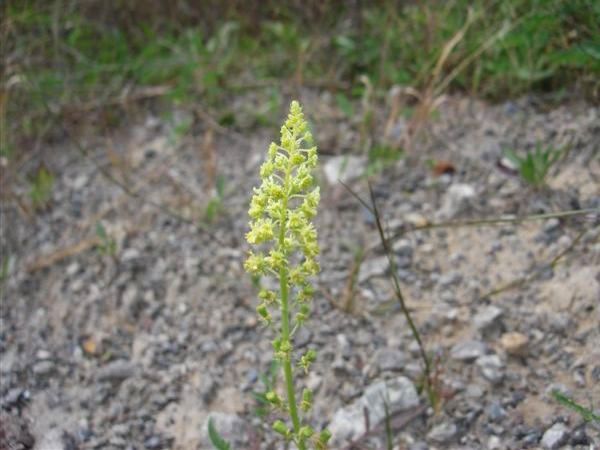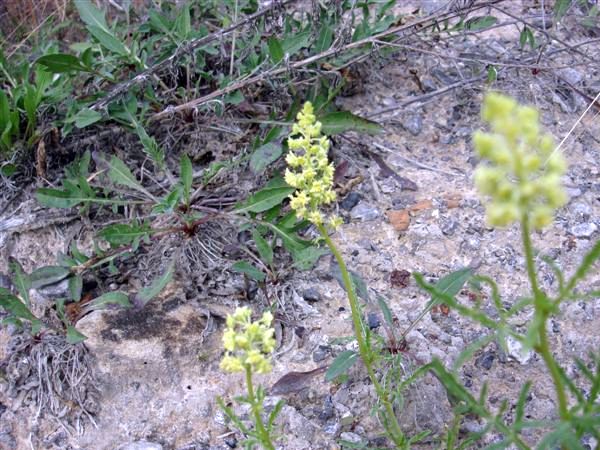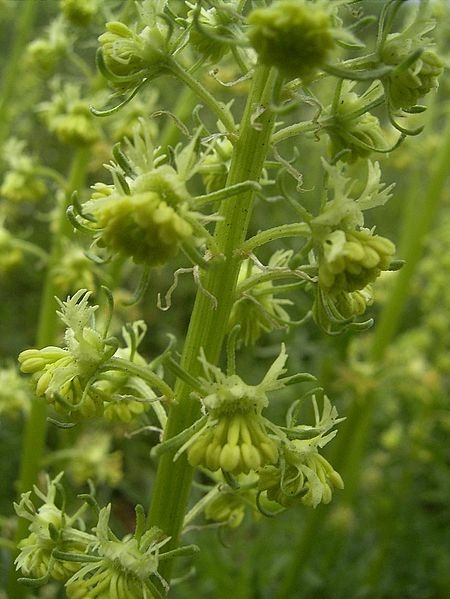
3 October 2016
A study of rock pigeon (Columba livia) brain power indicates they can read four-letter words (*).
Researchers at the University of Otago in New Zealand and Ruhr University in Germany quizzed four pigeons on their orthographic abilities.
According to Science Daily, “In the experiment, pigeons were trained to peck four-letter English words as they came up on a screen, or to instead peck a symbol when a four-letter non-word, such as ‘URSP’ was displayed. … The pigeons correctly identified the new words as words at a rate significantly above chance.”
Eventually the four birds in the experiment recognized 26 to 58 real words and correctly labelled over 8,000 as non-words. They’re the first non-primate species found to have this ability.
So yes, pigeons know when they’re looking at a real 4-letter word but like naïve children they don’t know what it means.
Learn more about the study here in Science Daily.
(photo from Wikimedia Commons. Click on the image to see the original)
(*) Since pigeons have no reading comprehension, they can’t actually read.



